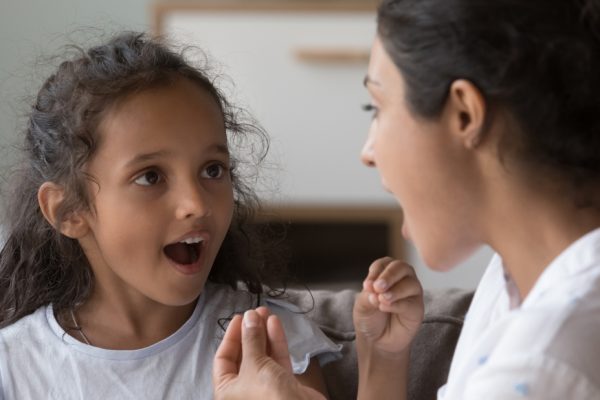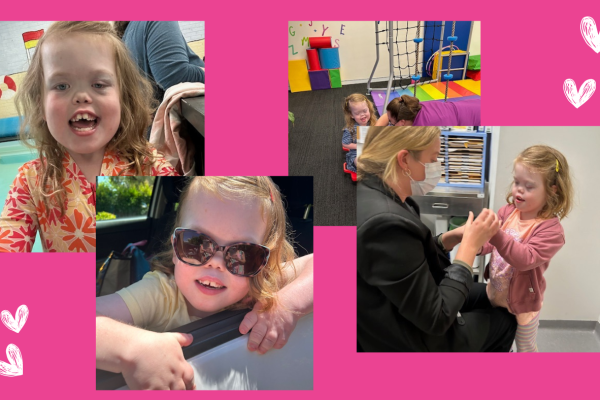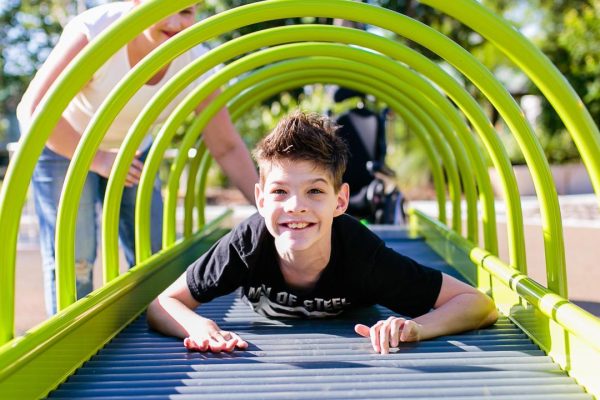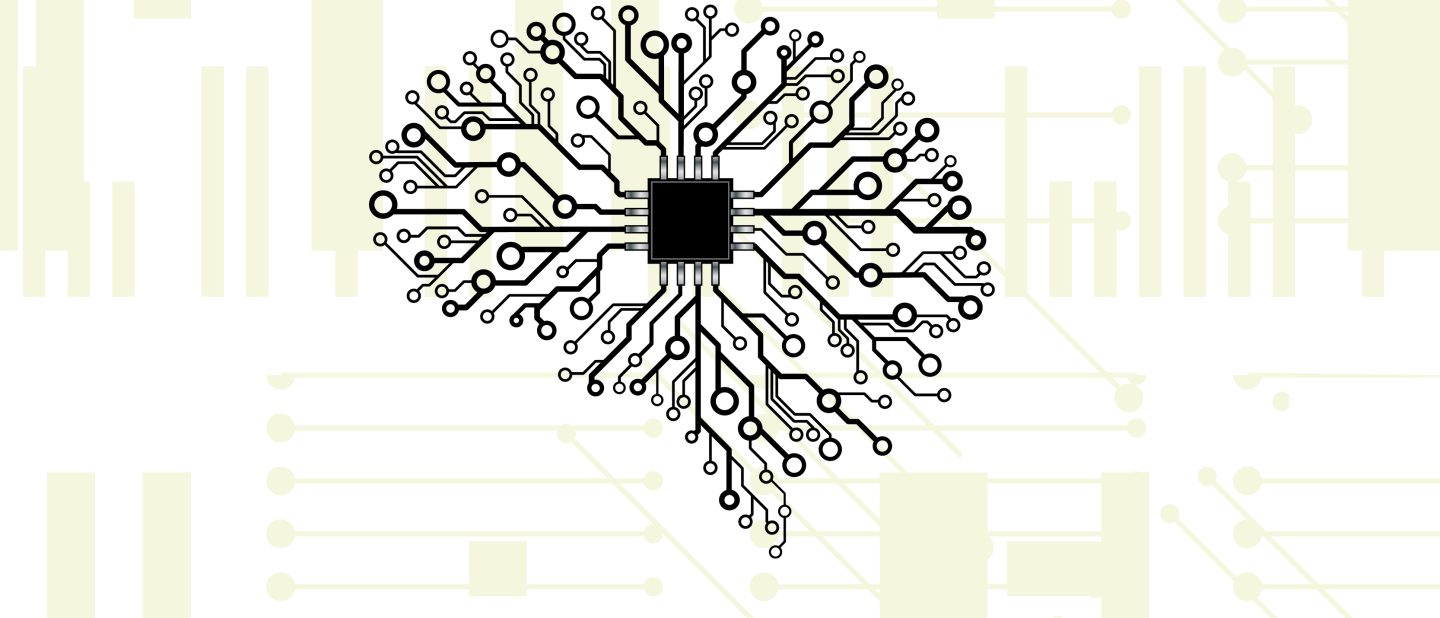
Some useful terms to know for genetic testing
GENES
A gene is a series of specific letters in the genetic code. It spells out the instructions for how each tiny part of a person develops and functions. Generally, we have two copies of each gene, one from each parent.
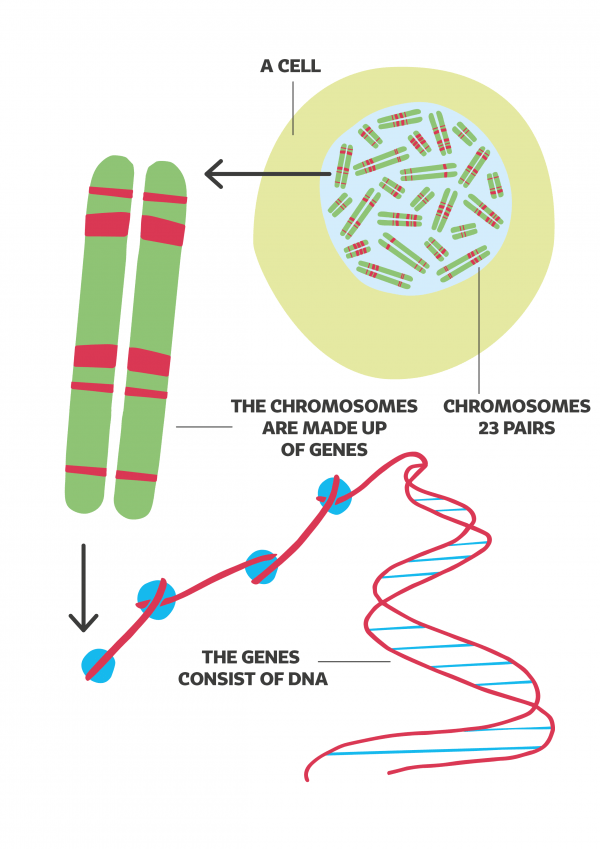
CHROMOSOMES
If you think of each gene as the instructional manual for building each part of the body, then chromosomes are the bookshelves that provide the structure for storing the instructions. People generally have two copies of each of their chromosomes, one from each parent, and they are numbered in pairs from one to 22, with one set of sex chromosomes. Human sex chromosomes have the most variety of all the chromosomes. Most people either have an X and Y (usually male) or two X (usually female) chromosomes, but other variations exist, like XXY, which is often referred to as Klinefelter’s syndrome or people with one copy of the X chromosome, which is known as Turner’s syndrome. Down syndrome is also a chromosome condition. People with Down syndrome have an extra chromosome, number 21, which is why another name for the condition is Trisomy 21.
DUPLICATION/DELETION
These are the terms used to describe a small extra piece (duplication) or missing piece (deletion) of a chromosome, which means there are also extra or missing copies of the genes, normally stored on that part of the chromosome. Collectively, duplications and deletions are called copy number variants (CNVs) because the number of copies of the gene/s involved will vary from the number expected (usually two). CNVs are often found when a child has a genetic test called a chromosomal microarray. An example of when this would happen, is a paediatrician organising a microarray when a child receives an autism diagnosis (based on their behaviour and developmental signs).
Some CNVs don’t cause any problems, some do (these are pathogenic CNVs, explained below) and for other CNVs, there is uncertainty around how they affect a person. The uncertain CNVs can be called ‘variants of unknown’ or ‘uncertain clinical significance’, and sometimes can be referred to as ‘susceptibility variants’. Being susceptible means being more vulnerable to something or an outcome being more likely because of the CNV, but it is not guaranteed.
PATHOGENIC VARIANT/MUTATION
We all have variations (differences) from one another in our genes and most genetic variations do not cause problems, they just explain our different characteristics. For example, we all have genes for skin colour, but the instructions vary slightly from one person to the next, which is why humans have such a spectrum of possible skin colours. However, a pathogenic variant is a genetic change which causes a problem with how the gene works. For example, someone with a pathogenic variation in the gene for melanin (the pigment or colour creating component) in the skin will have a form of albinism, because their body cannot make melanin.
People with albinism are healthy overall, but can have problems with their skin being easily damaged by the sun, or vision problems if the pigment in their eyes is affected. In the past, a genetic change was often referred to as a mutation. However, the word mutation has complex feelings attached to it for many people and is also not an accurate way of describing a genetic change, as not all mutations are pathogenic. For these reasons, the more up-to-date way to refer to a disease-causing genetic change, is ‘pathogenic variant’.
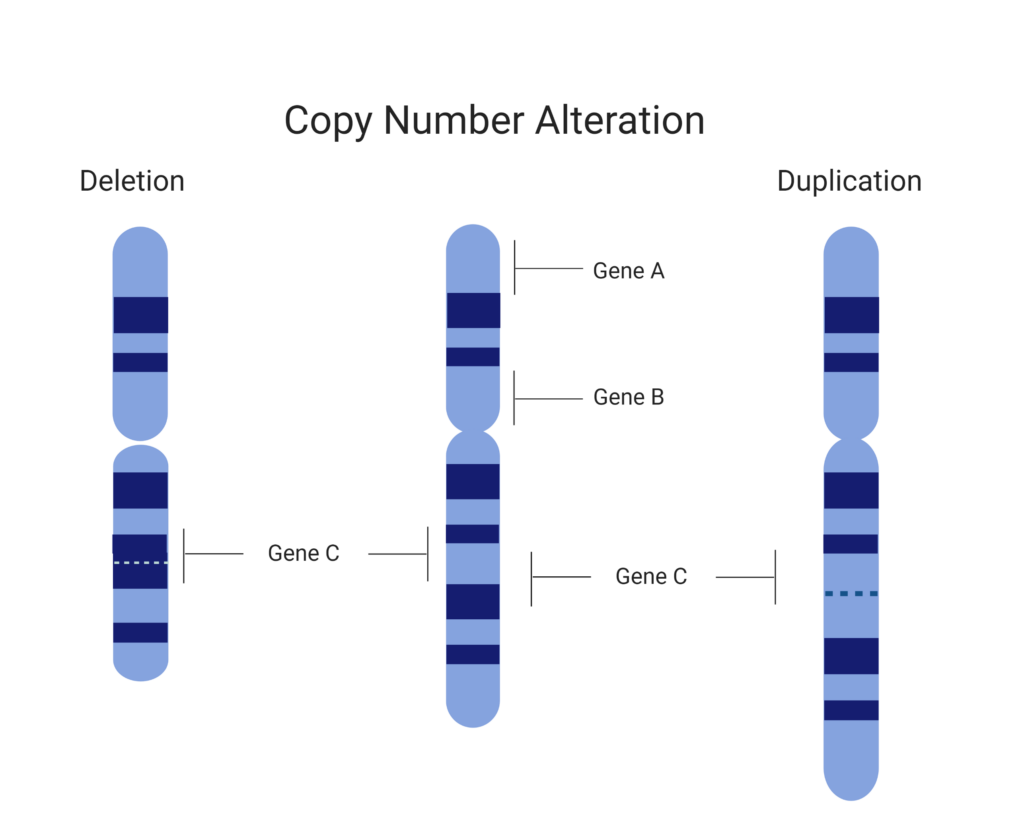
SUPPORT AND SELF-CARE
Searching for answers about what is affecting you or your loved one goes beyond the medical journey. It’s normal to feel a range of emotions, no matter what the outcome of the genetic or even if no testing is done. There is no right or wrong way navigate this experience – thoughts and feelings, change and adjustments, losses and gains, and the grieving process are unique to the individual. This is not a journey you need to travel alone, no matter the condition. Groups like The GSNV can help. A not-for-profit organisation that serves all people with genetic, undiagnosed, rare conditions, and those who support them, The GSNV can connect people with condition-specific support groups or organisations like Syndromes Without A Name (SWAN) Australia.



